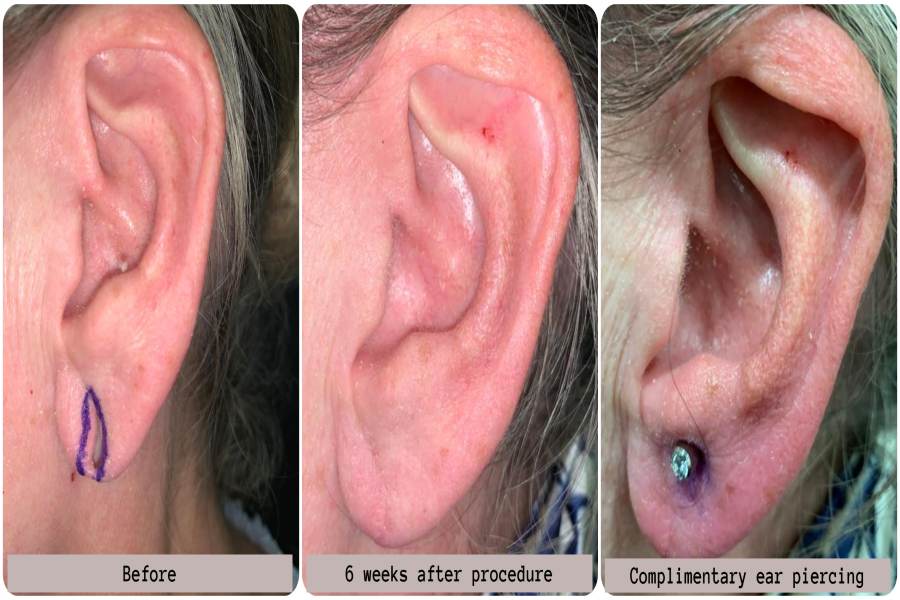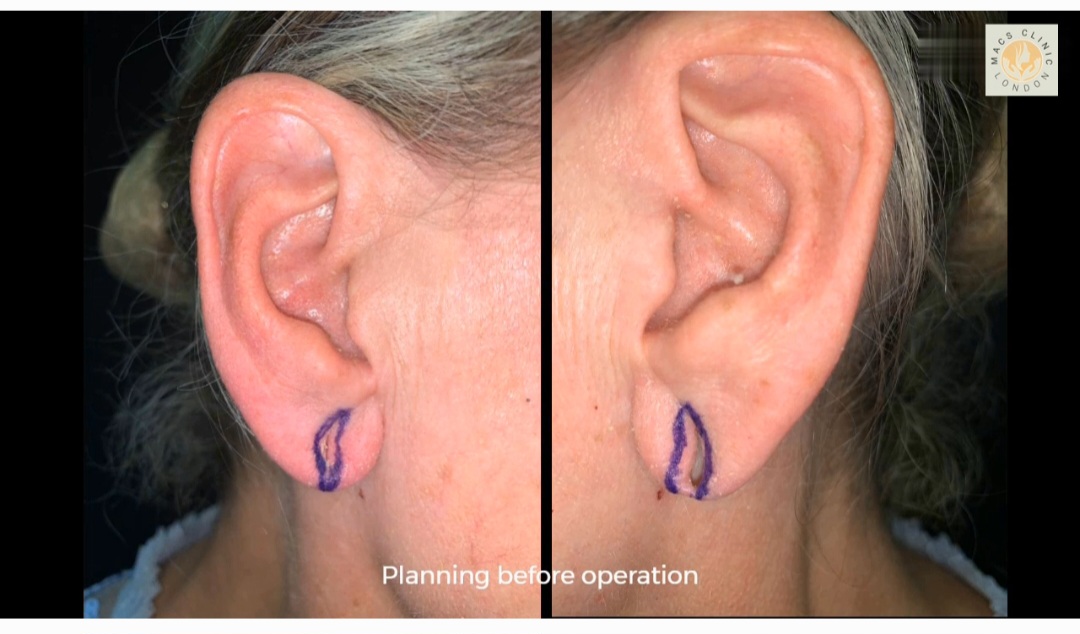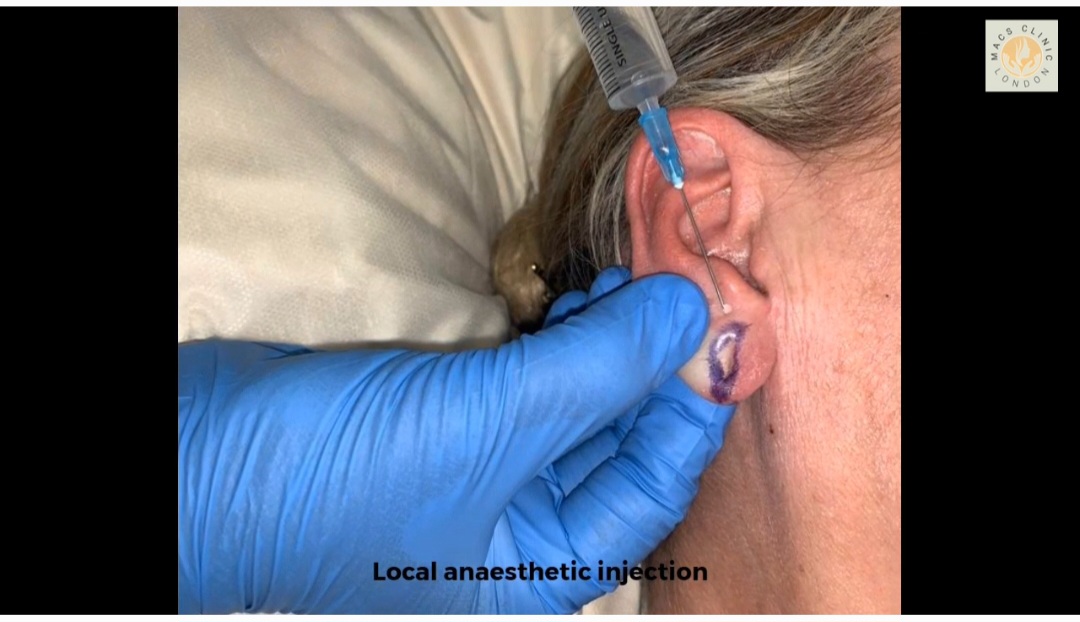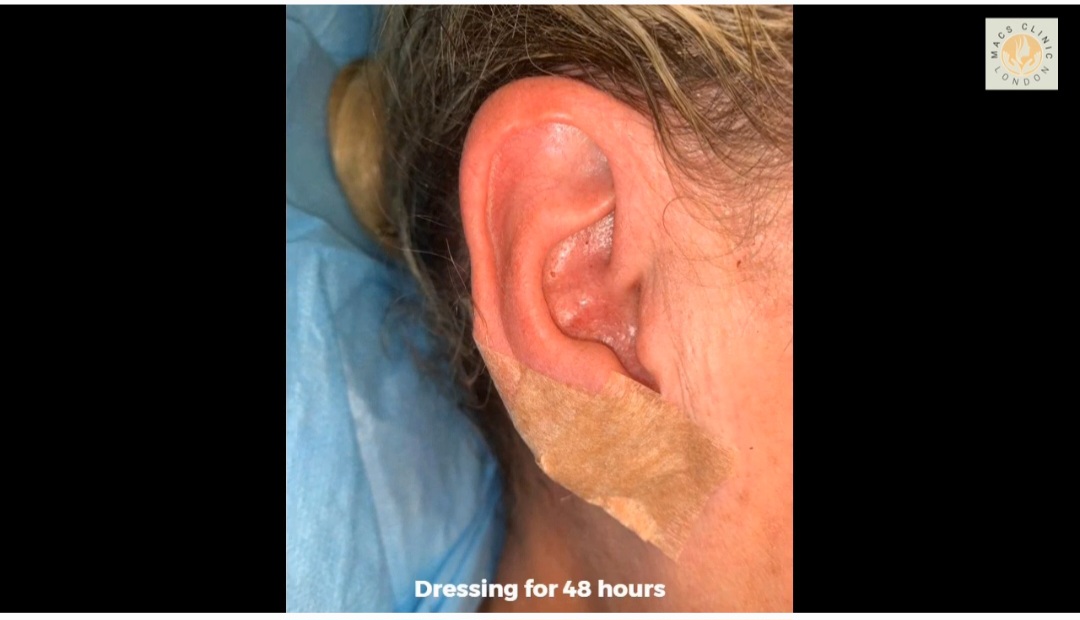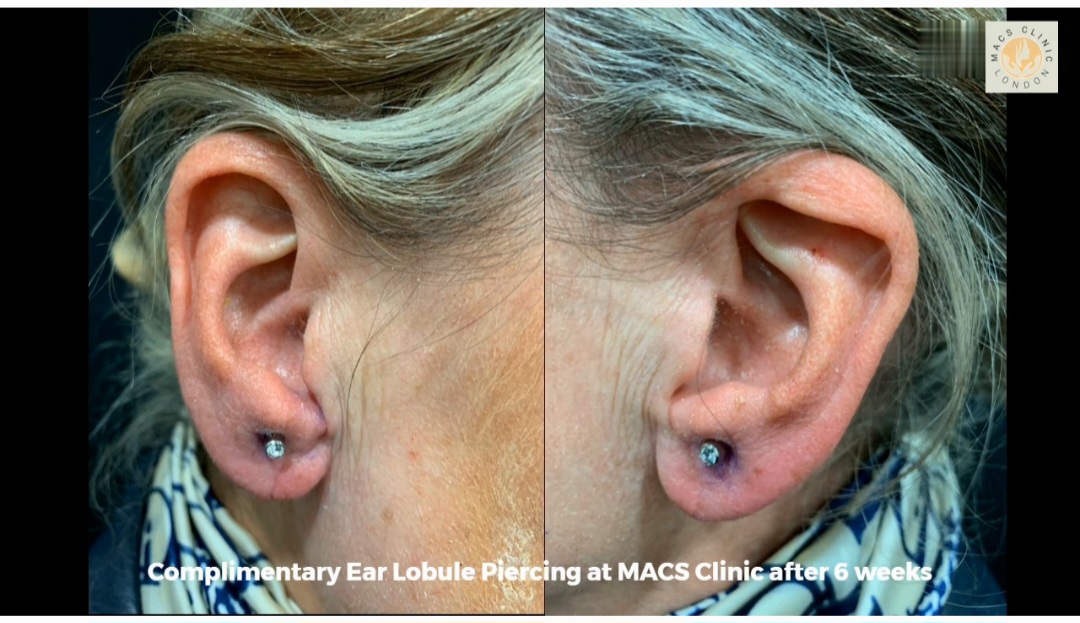Ear piercings are one of the oldest and by far the most common form of body modification in the world and there are as many ways to wear earrings as there are pierced ears.
Most of the time, the methods used to pierce ears such as needles and piercing guns are routine, safe and hygienic in the hands of trusted professional piercers, but one concern some people have is the potential risk of damage to the earlobe.
A split earlobe can happen for a variety of different reasons, but the most common cause is a rip or tear that is the result of either wearing heavy earrings for too long or overly aggressive ear stretching, a sudden tug on the earlobe or if an earring gets caught on a piece of clothing.
However, there are other ways to cause a split in the earlobe. People who wear tight clip-on earrings or otherwise restrict the blood flow to their earlobes can also cause tissue death and therefore a split earlobe.
As well as this, some children are born with split earlobes that are either genetic or caused due to the circumstances of birth.
Whatever the reason, split earlobes can be repaired with the help of minimally invasive surgery, which can differ slightly depending on whether it aims to fix a partial or complete tear in the ear.
First, the area is cleaned and disinfected, before local anaesthesia is injected into the ear to numb it for surgery.
After this, the edge of the split ear lobule is cut and a small part of the skin is removed and restitched using barely visible dissolving sutures. The entire procedure takes 20 minutes.
It is an outpatient procedure, so you can drop in, have the treatment done and leave very quickly.
Sometimes you may not need to have your ears repierced depending on if a hole is left by the surgery, but if you need to or want to pierce your ears after surgery, you may need to wait a while until the scar has healed fully.

